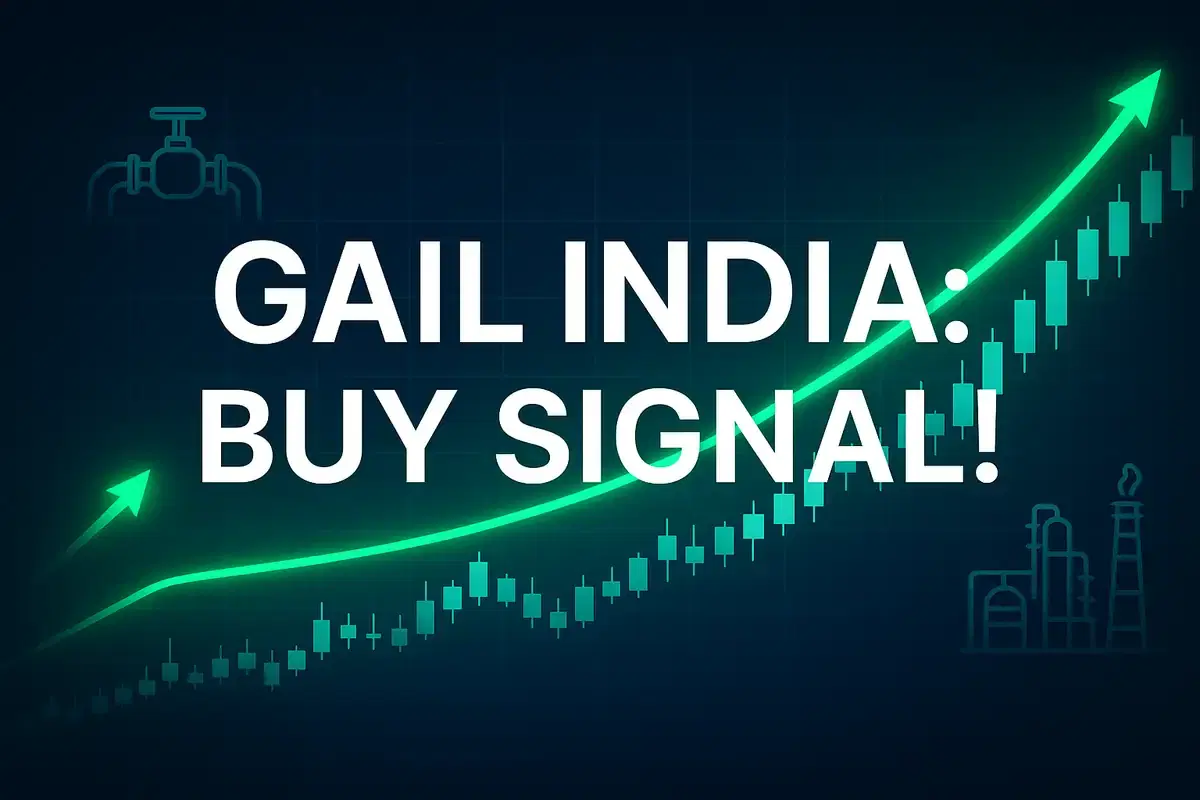Motilal Oswal Reaffirms 'Buy' on GAIL India, Sets ₹205 Target Price on Attractive Valuations and Tariff Hike Potential
Brokerage Reports
|
29th October 2025, 3:41 AM

▶
Stocks Mentioned :
Short Description :
Detailed Coverage :
Analysts Abhishek Nigam and Rishabh Daga from Motilal Oswal Financial Services (MOFSL) have maintained a positive outlook on GAIL (India) Limited, reaffirming their 'Buy' recommendation. They have set a sum-of-the-parts (SoTP) based target price of ₹205, indicating a potential upside of nearly 13% from GAIL's previous closing price.
MOFSL projects a Compound Annual Growth Rate (CAGR) of 9% in Profit After Tax (PAT) for GAIL between FY26 and FY28. This growth is expected to be fueled by an increase in natural gas transmission volumes, substantial improvements in the petrochemicals segment as new capacities become operational, and healthy profitability in the trading segment, with guided Earnings Before Interest and Taxes (Ebit) of at least ₹4,000 crore in FY26/FY27. The analysts also foresee Return on Equity (RoE) stabilizing around 12% in FY27/28, supported by robust free cash flow generation estimated at ₹13,850 crore over FY26-28.
GAIL's valuations have become attractive, with the stock trading close to historical averages at 1.1x one-year forward core Price-to-Book (P/B) ratio, combined with a good dividend yield and strong FCF outlook, suggesting limited downside risk.
Impact: The most significant near-term catalyst is the anticipated transmission tariff revision, expected to be effective from January 2026. MOFSL estimates this revision could increase GAIL's FY27 PAT by approximately 11%, leading them to revise their target price upwards to ₹228 per share. Transmission volumes are also predicted to rebound in FY27, benefiting from the normalization of disruptions seen in FY26. Furthermore, government initiatives to rationalize natural gas taxation could provide a significant long-term positive boost.
However, MOFSL cautions about potential risks, particularly concerning the LPG segment. The de-allocation of APM (Administered Pricing Mechanism) gas for GAIL's LPG production has impacted volumes, and further de-allocation could negatively affect segment performance and profitability. Producing LPG using costlier Regasified Liquefied Natural Gas (RLNG) is currently economically unviable, limiting operational flexibility.
Difficult Terms: - **Sum-of-the-Parts (SoTP)**: A valuation method where different business segments of a company are valued individually and then added together to determine the total value of the company. - **CAGR**: Compound Annual Growth Rate, a measure of the average annual growth rate of an investment over a specified period longer than one year. - **PAT**: Profit After Tax, the net profit remaining after all expenses and taxes have been deducted. - **mmscmd**: Million Metric Standard Cubic Meters per Day, a unit for measuring natural gas flow rate. - **Petrochemicals**: Chemicals derived from petroleum or natural gas, used in manufacturing plastics, synthetic fibers, etc. - **Ebit**: Earnings Before Interest and Taxes, a measure of a company's operating profit. - **RoE**: Return on Equity, a profitability ratio that measures how effectively a company uses shareholders' investments to generate profit. - **FCF**: Free Cash Flow, the cash a company generates after accounting for cash outflows to support operations and maintain its capital assets. - **P/B**: Price-to-Book ratio, a valuation metric that compares a company's stock price to its book value per share. - **APM**: Administered Pricing Mechanism, a government-regulated pricing system, in this context for natural gas. - **RLNG**: Regasified Liquefied Natural Gas, natural gas that has been liquefied for transport and then returned to its gaseous state. - **LPG**: Liquefied Petroleum Gas, a flammable hydrocarbon gas mixture used as fuel. - **LHC**: Liquid Hydrocarbons, a group of organic compounds consisting of hydrogen and carbon, often byproducts of natural gas processing. - **Catalyst**: An event or factor that is expected to trigger a significant change or development.